The world of big cats is as fascinating as it is mysterious. These majestic creatures, often revered for their strength and agility, have complex behaviors that captivate wildlife enthusiasts and researchers alike. Among these behaviors, their hunting patterns stand out. While some big cats prefer the serene hours of dawn to hunt, others find their prowess at dusk. This article delves into the intricacies of these preferences, offering insights into the evolutionary, environmental, and biological factors that influence their behavior.
The Magic of Twilight: Understanding Crepuscular Activity
Crepuscular activity refers to the behavior of animals being most active during twilight, which includes dawn and dusk. For big cats, this period offers a unique advantage. The low light conditions of twilight provide an excellent cover for stalking prey, allowing these predators to blend seamlessly with their surroundings. This behavior is not just about convenience, but it’s deeply rooted in survival instincts. By hunting during these hours, big cats can avoid the peak heat of the day and the dangers that come with it. Additionally, many of their prey species are also active during these hours, making it an optimal time for hunting.
The Role of Temperature in Hunting Patterns
Temperature plays a crucial role in the hunting patterns of big cats. In many regions, the midday sun can be scorching, making it uncomfortable and even dangerous for animals to exert themselves. By hunting during the cooler hours of dawn and dusk, big cats can conserve energy and avoid overheating. This is especially true for species like the tiger, which inhabit dense jungles and need to manage their body heat efficiently. The cooler temperatures also mean that prey animals are more likely to be active, increasing the chances of a successful hunt.
Evolutionary Advantages of Dawn Hunting
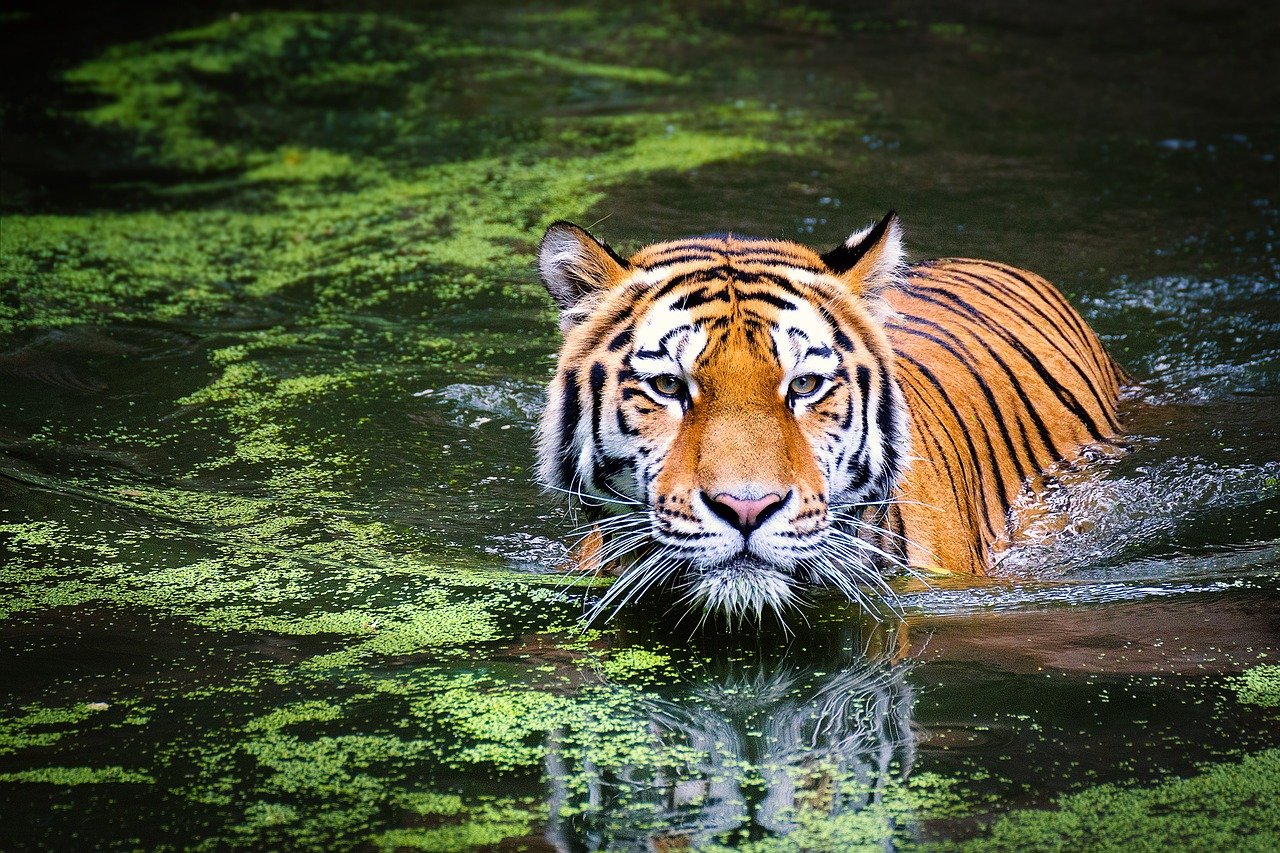
Hunting at dawn offers evolutionary advantages that have been honed over millennia. The early morning light provides just enough visibility for big cats to spot their prey without being easily detected. This stealthy approach is crucial for predators like the leopard, which rely on surprise attacks. Furthermore, dawn is a time when many prey animals are still groggy from sleep, making them less alert and easier targets. This evolutionary tactic of hunting at dawn has ensured the survival of various big cat species across generations.
Dusk: A Time of Increased Prey Activity
Dusk is a period when many prey animals become more active, often venturing out to feed after the heat of the day. This increased activity makes dusk an ideal hunting time for big cats like lions, which often hunt in groups and rely on coordinated efforts to take down larger prey. The fading light of dusk also provides cover, allowing these predators to get closer to their targets without being detected. This strategic timing is a testament to the adaptability and intelligence of big cats.
The Influence of Habitat on Hunting Times
The habitat of a big cat plays a significant role in determining its hunting patterns. For instance, cheetahs that inhabit open savannas may prefer dawn when the light is sufficient to spot prey at a distance, but not so bright as to give away their position. In contrast, jaguars in dense rainforests may find dusk more advantageous, as the thick canopy provides ample cover and the cooler temperatures make it easier to navigate the terrain. Each habitat presents unique challenges and opportunities, shaping the hunting behaviors of its feline inhabitants.
Biological Rhythms and Hunting Preferences
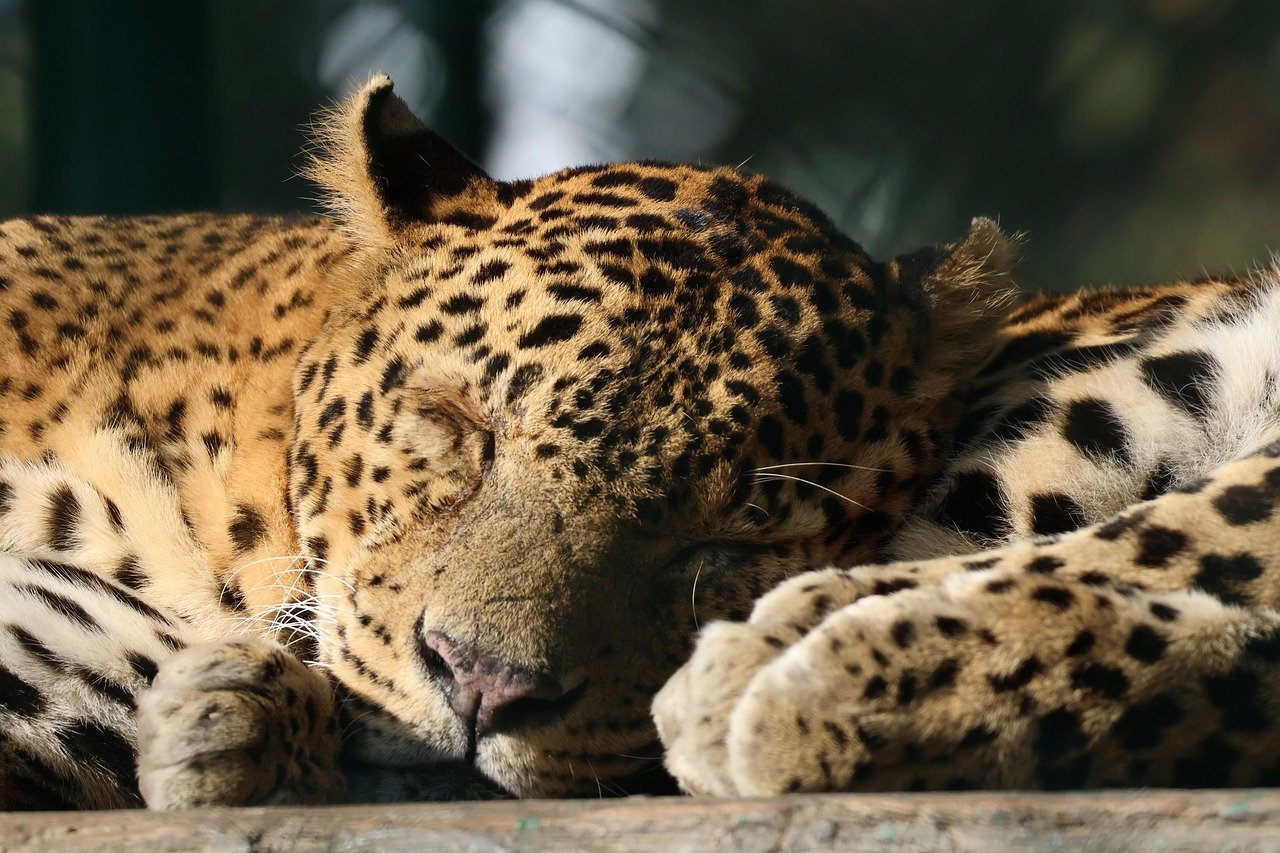
Biological rhythms, also known as circadian rhythms, influence the behavior of all living organisms, including big cats. These internal clocks dictate periods of activity and rest, often aligning with environmental cues like light and temperature. For big cats, these rhythms can determine their peak hunting times. For instance, lions, known for their social structure, may coordinate their hunting efforts based on the collective biological rhythms of the pride. Understanding these rhythms offers insights into the daily lives of these magnificent animals.
The Element of Surprise in Predatory Success
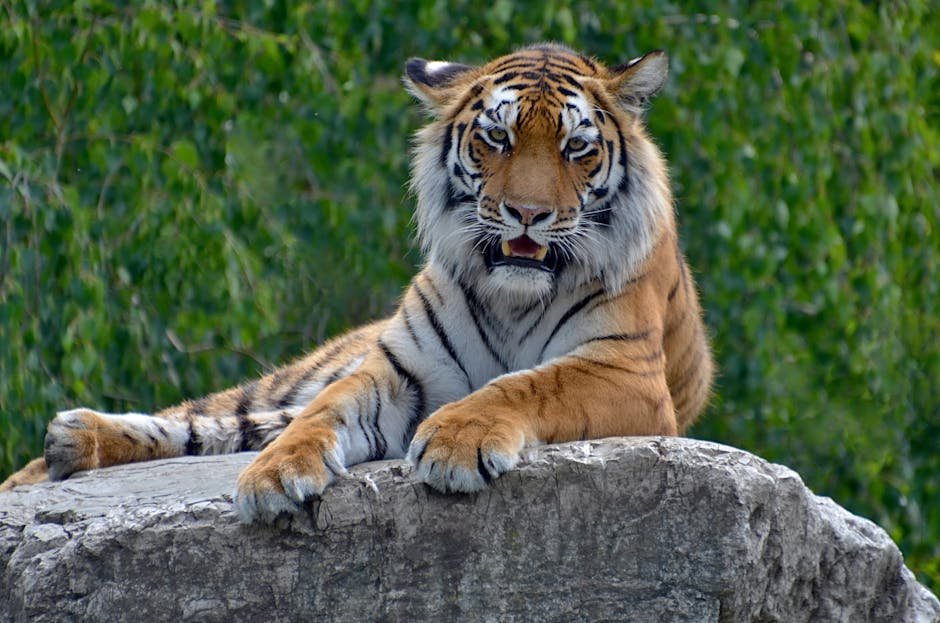
The element of surprise is a crucial factor in the hunting success of big cats. By choosing to hunt at dawn or dusk, these predators can exploit the low visibility conditions to their advantage. This stealthy approach allows them to get closer to their prey before launching an attack. The ability to remain undetected until the last moment is a key factor in the predatory success of species like the leopard, which often relies on ambush tactics. The strategic use of surprise underscores the intelligence and adaptability of big cats.
Impact of Human Activity on Hunting Patterns
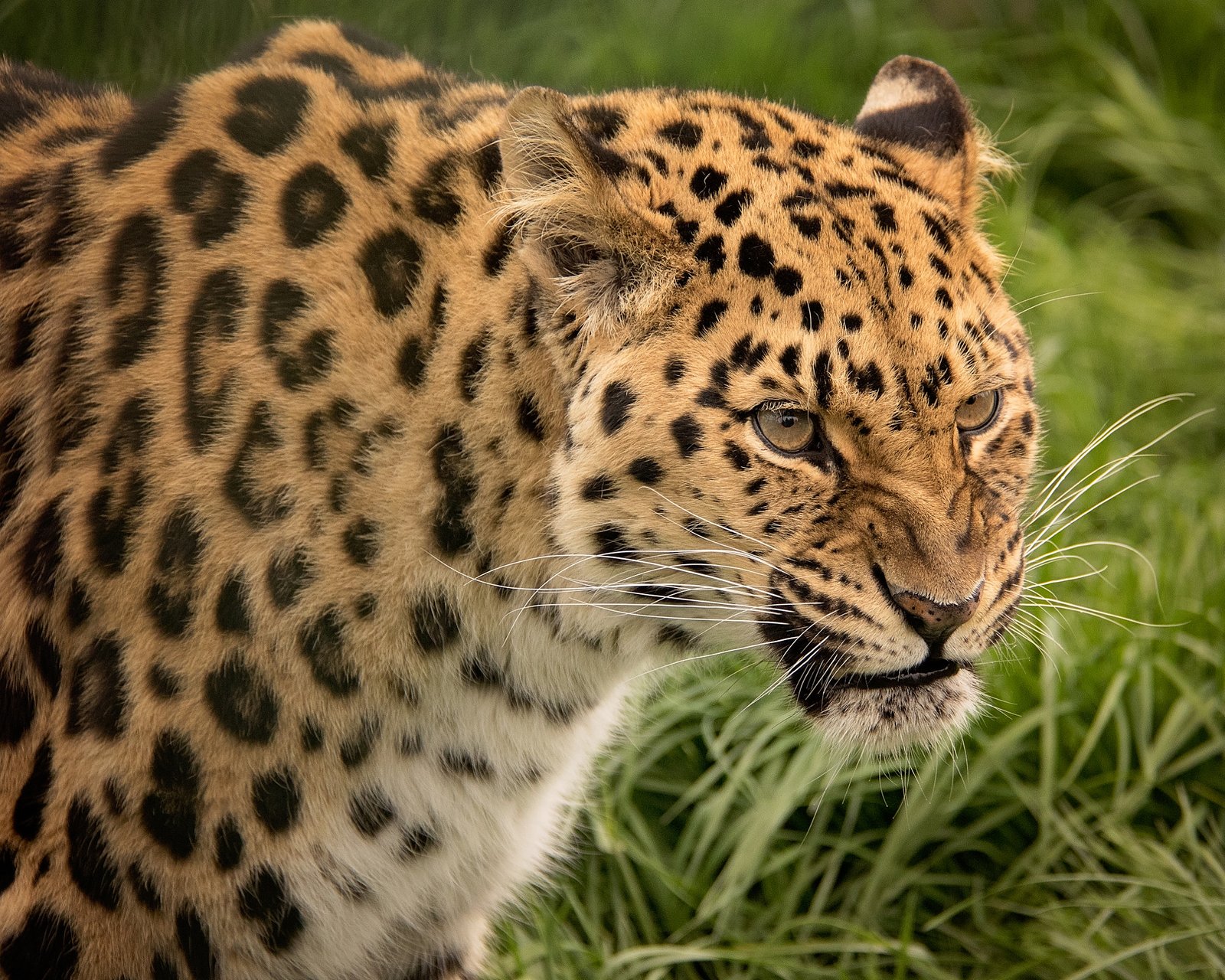
Human activity has a profound impact on the hunting patterns of big cats. Urbanization, deforestation, and agriculture have altered natural habitats, forcing these animals to adapt. In regions where human presence is significant, big cats may shift their hunting times to avoid encounters. For instance, tigers in India have been observed hunting more at night in areas with high human activity. This shift not only affects their hunting success but also their overall behavior and well-being.
The Role of Competition in Hunting Strategies
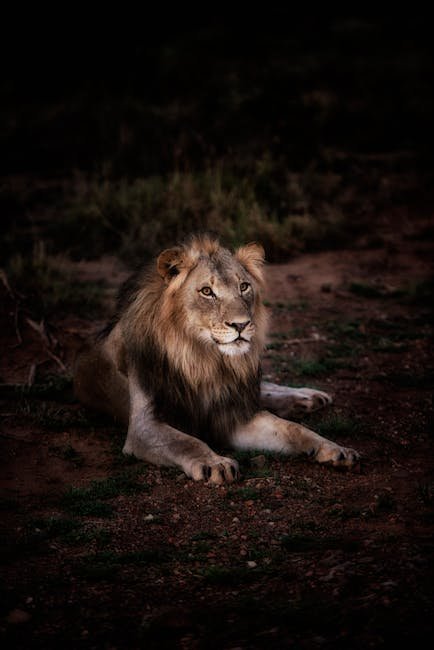
Competition plays a significant role in shaping the hunting strategies of big cats. In ecosystems where multiple predators coexist, each species must carve out its niche to avoid direct competition. This often involves choosing different hunting times. For example, in the African savanna, lions and hyenas may clash over prey, leading lions to hunt more during dusk when hyenas are less active. This strategic partitioning of resources ensures the survival of diverse species within the same habitat.
Adaptations for Low Light Hunting
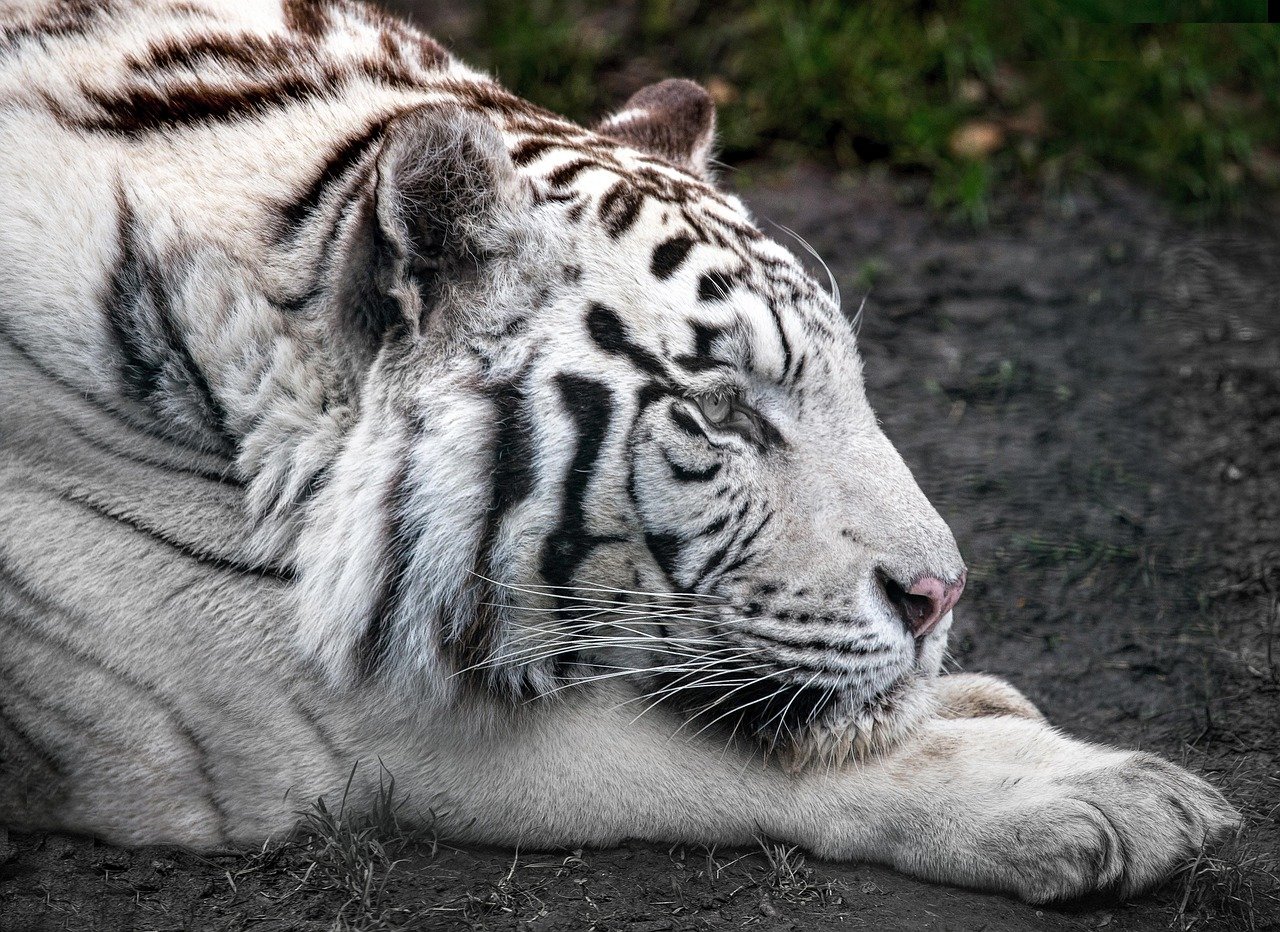
Big cats have evolved numerous adaptations for hunting in low light conditions. Their eyes are equipped with a reflective layer called the tapetum lucidum, which enhances their night vision. This adaptation allows them to see clearly during dawn and dusk, times when visibility is reduced. Additionally, their acute sense of hearing and smell further aids in locating prey. These adaptations highlight the incredible evolutionary journey of big cats, enabling them to thrive in diverse environments.
Prey Behavior and Its Influence on Hunting Times
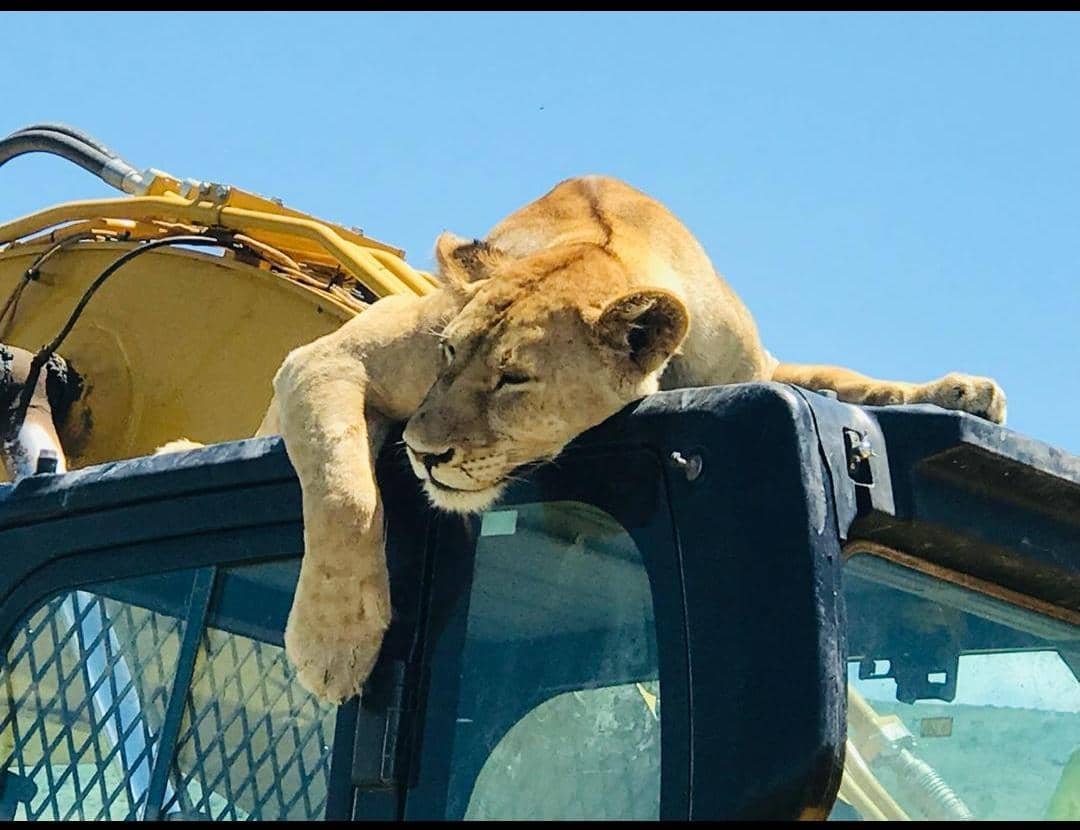
The behavior of prey animals significantly influences the hunting times of big cats. Many prey species are crepuscular, meaning they are most active during dawn and dusk. This activity pattern aligns with the hunting times of predators, creating a dynamic interplay between predator and prey. For instance, the hunting success of cheetahs often depends on the movement patterns of antelopes, which are more active during early morning hours. Understanding this relationship provides valuable insights into the complex ecosystems in which big cats operate.
The Social Structure of Big Cats and Hunting

The social structure of big cats plays a pivotal role in their hunting strategies. While some species like lions hunt in prides, others like tigers and leopards are solitary hunters. This social dynamic influences their choice of hunting times. Lions, with their cooperative hunting techniques, may prefer dusk when group coordination is advantageous. In contrast, solitary hunters may exploit the solitude of dawn to avoid competition. These social behaviors highlight the diverse strategies employed by big cats in their quest for survival.
The Role of Instincts in Hunting Behavior
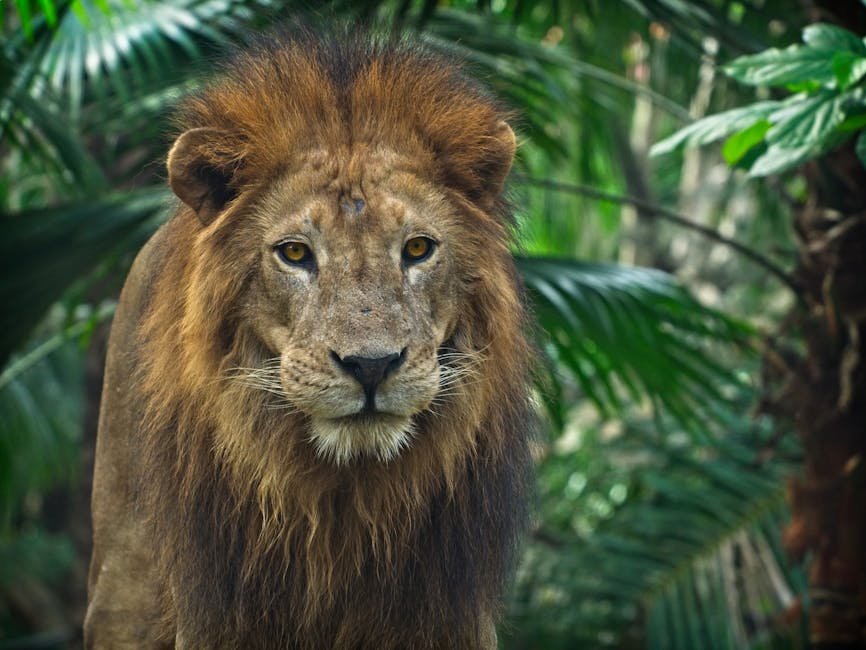
Instincts drive the hunting behavior of big cats, guiding them in their pursuit of prey. These innate behaviors are shaped by millions of years of evolution, ensuring the survival of the species. Instincts dictate when to hunt, how to stalk, and when to strike. For example, the instinctual knowledge of a leopard to remain motionless until the perfect moment to pounce is a testament to the power of these innate behaviors. Understanding these instincts offers a glimpse into the primal world of big cats.
Environmental Factors and Their Impact on Hunting
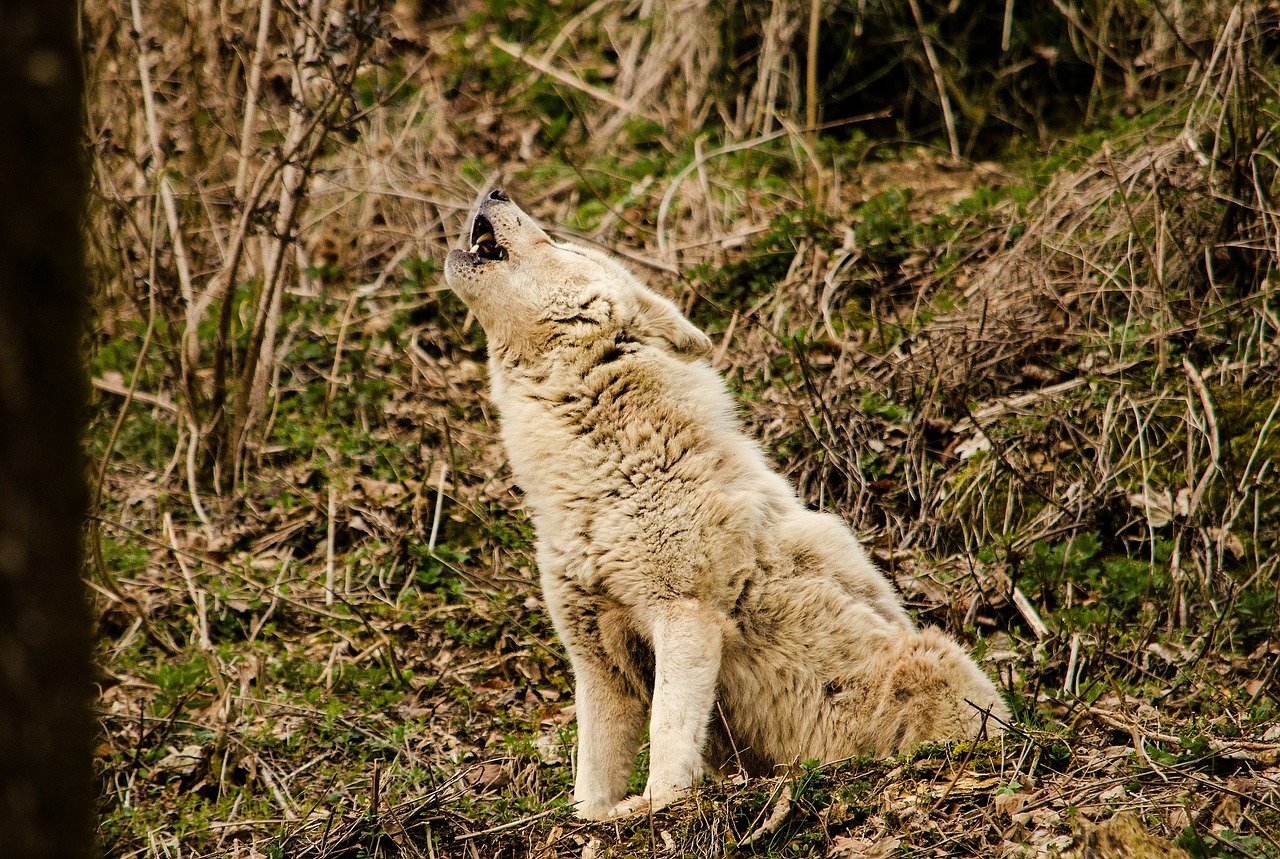
Environmental factors such as weather, terrain, and vegetation influence the hunting patterns of big cats. In regions with dense vegetation, predators may find it easier to ambush prey during low light conditions. Conversely, in open landscapes, the need for visibility may drive hunting during the early morning hours. Weather conditions, such as rain or wind, can also affect hunting success, either by masking the predator’s approach or by making it more challenging to track prey. These environmental considerations are integral to the hunting strategies of big cats.
The Importance of Energy Conservation
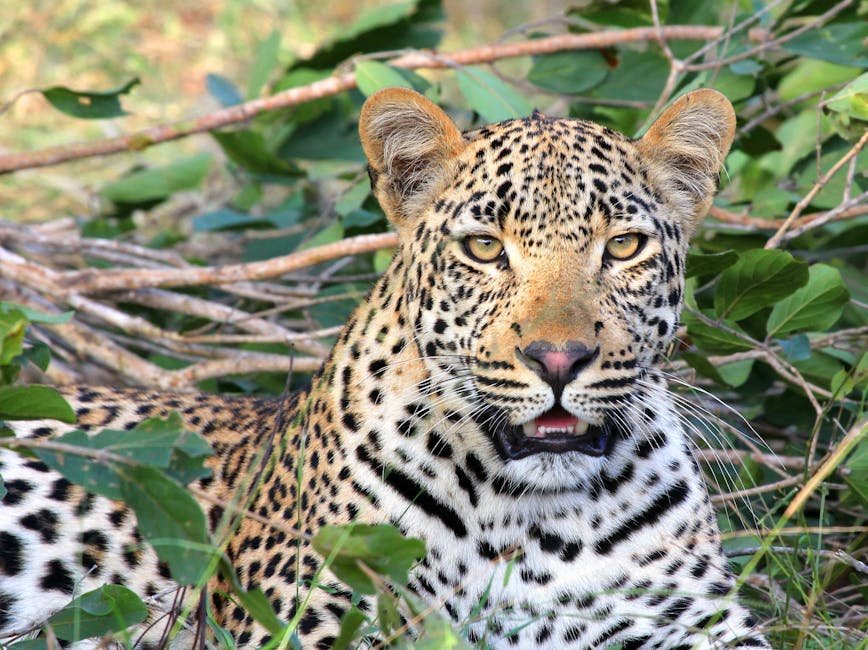
Energy conservation is a critical factor in the hunting strategies of big cats. Hunting requires significant energy expenditure, and failure can lead to exhaustion. By choosing optimal hunting times such as dawn or dusk, big cats can maximize their chances of success while minimizing energy loss. This strategy is especially important for species like cheetahs, which rely on short bursts of speed to capture prey. Efficient energy use ensures that these predators can sustain themselves and their offspring.
The Influence of Lunar Cycles on Hunting

Lunar cycles can have a surprising influence on the hunting patterns of big cats. The brightness of the moon can affect visibility, altering the behavior of both predators and prey. During full moons, prey animals may be more cautious, making hunting more challenging. In response, some big cats may adjust their hunting times to coincide with the darker phases of the moon, when their stealth is more effective. This adaptation highlights the intricate ways in which lunar cycles impact the natural world.
The Legacy of Ancestral Hunting Patterns
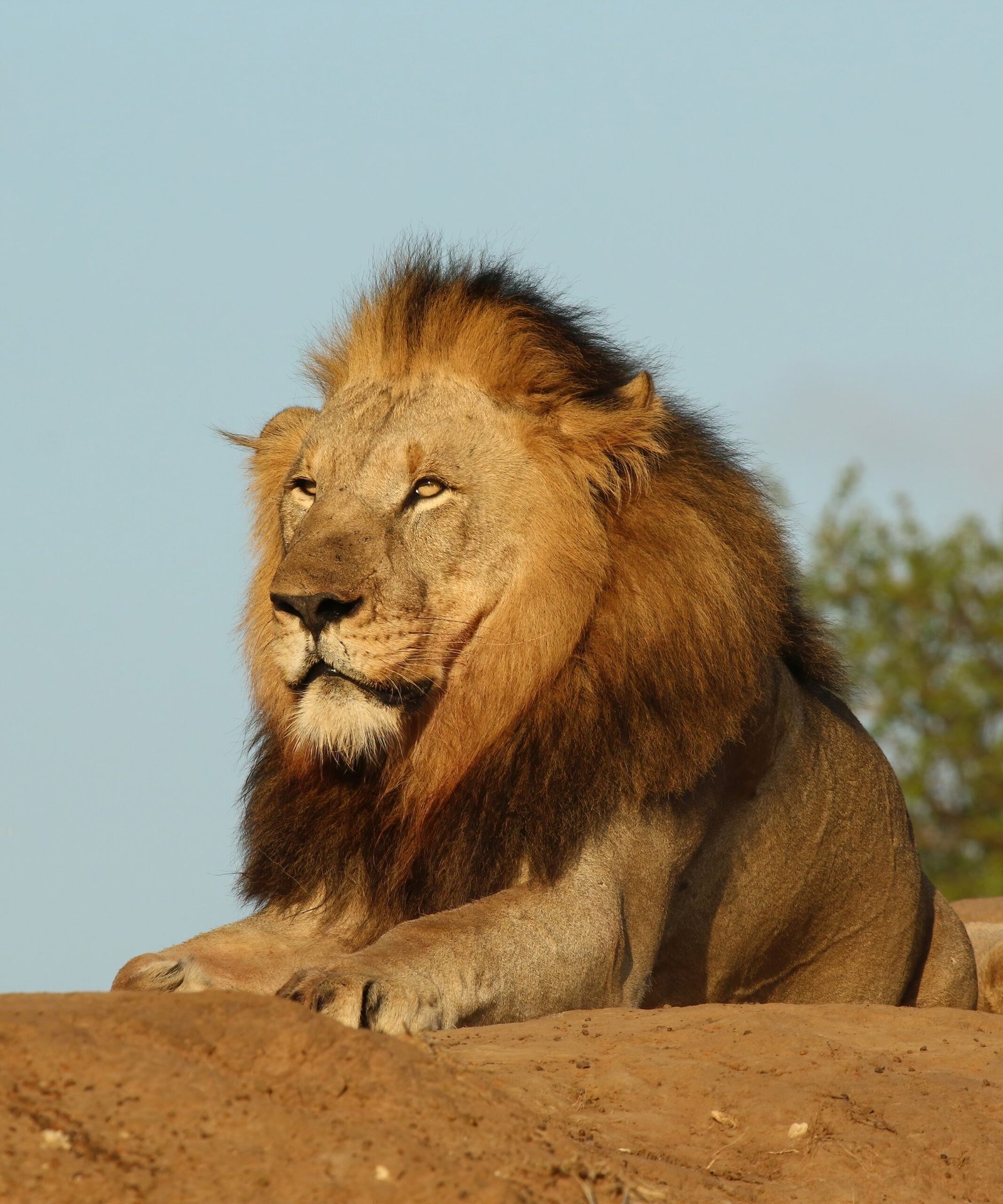
The hunting patterns of big cats are deeply rooted in their ancestral legacy. Over generations, these behaviors have been passed down, honed by the challenges of survival. For instance, the preference of tigers to hunt during dawn may be traced back to their ancestors, who adapted to the dense forests and the need for stealth. This continuity of behavior underscores the enduring legacy of evolutionary adaptations, ensuring the survival of big cats in ever-changing environments.
The Role of Learning in Hunting Techniques
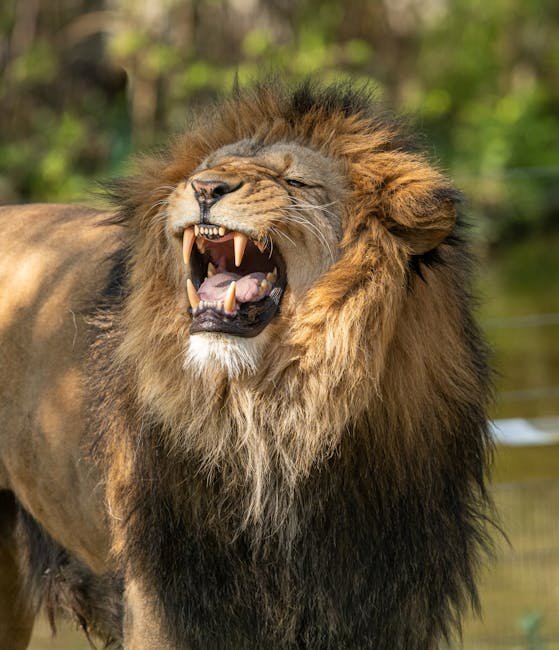
Learning plays a pivotal role in the development of hunting techniques among big cats. Young cubs observe and mimic the behaviors of their mothers, acquiring essential skills for survival. Through trial and error, they learn the nuances of stalking, pouncing, and capturing prey. This learning process is critical, as it allows young cats to adapt to their environment and refine their hunting strategies. The ability to learn and adapt is a testament to the intelligence and resilience of big cats.
The Future of Big Cat Hunting Patterns
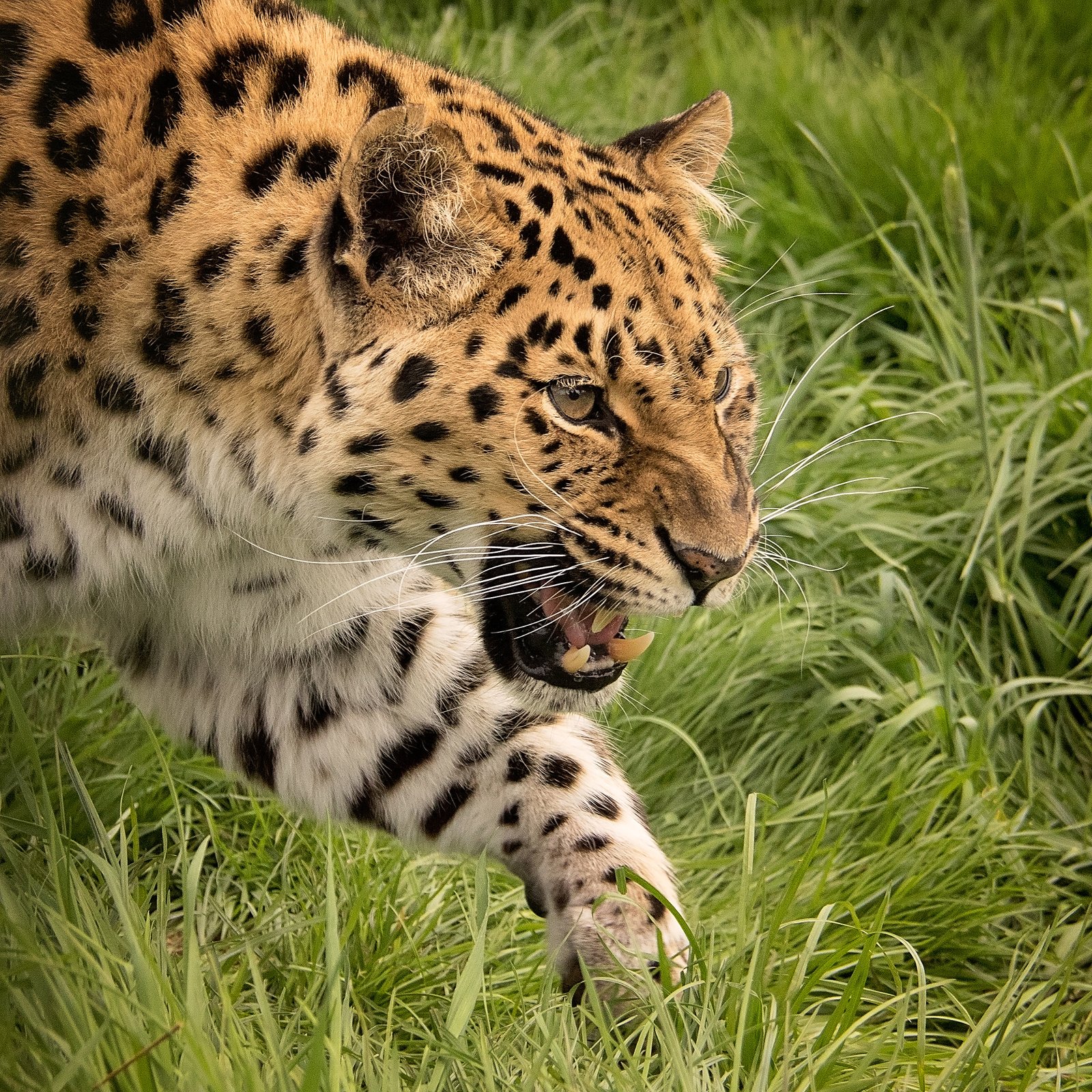
The future of big cat hunting patterns is uncertain, influenced by a myriad of factors including climate change, habitat loss, and human encroachment. As these challenges intensify, big cats may be forced to further adapt their hunting strategies to survive. Conservation efforts play a crucial role in ensuring that these magnificent creatures continue to thrive. By understanding and preserving their natural behaviors, we can contribute to the protection of these iconic predators and the ecosystems they inhabit.
Hi, I’m Bola, a passionate writer and creative strategist with a knack for crafting compelling content that educates, inspires, and connects. Over the years, I’ve honed my skills across various writing fields, including content creation, copywriting, online course development, and video scriptwriting.
When I’m not at my desk, you’ll find me exploring new ideas, reading books, or brainstorming creative ways to solve challenges. I believe that words have the power to transform, and I’m here to help you leverage that power for success.
Thanks for stopping by, Keep coming to this website to checkout new articles form me. You’d always love it!






